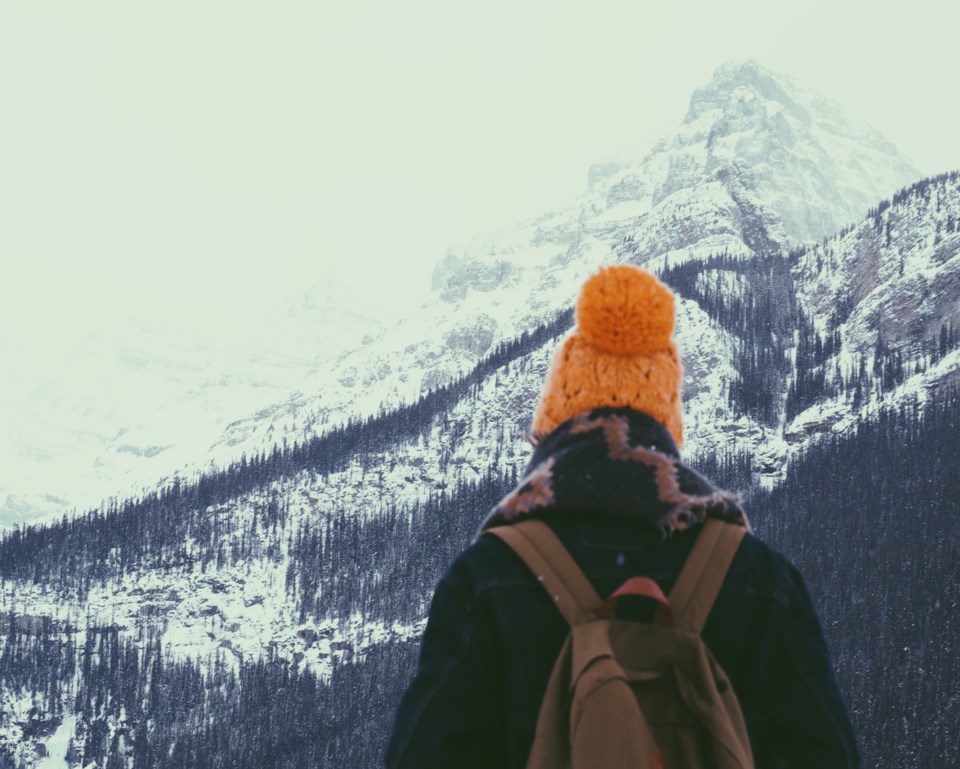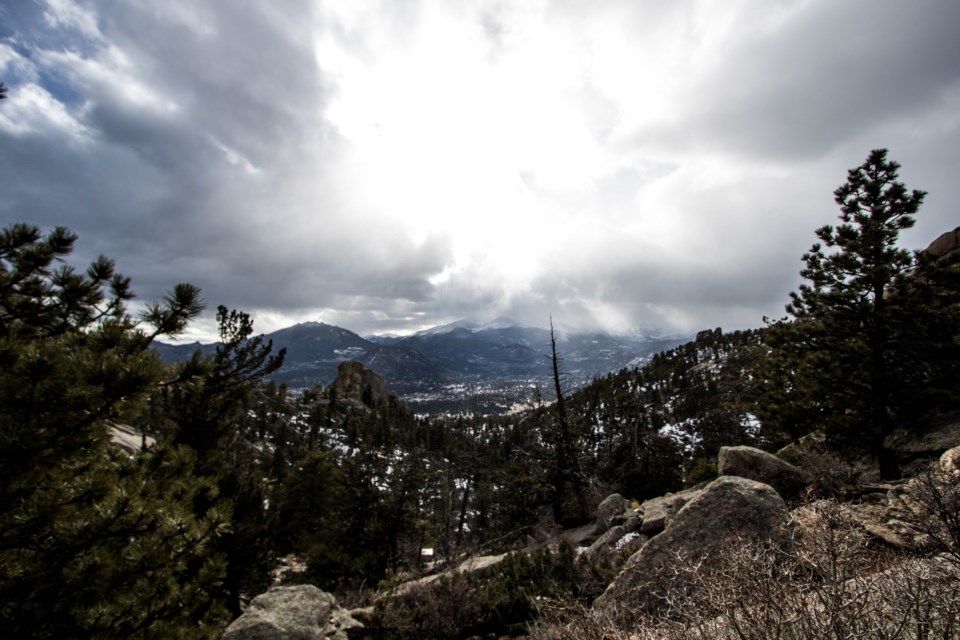Colorado winters can be hard, full of bitter cold and unpredictable snow, but getting out on the trail to hike or snowshoe or hitting the ski slopes for some downhill adventures is still alluring thanks to the state’s abundant sunshine. The best way to stay safe and comfortable for a day out in the cold is to gear up properly.
Many of the ways to prepare for hiking stay the same, winter or summer. Hydration and sunscreen are just as important in cold weather. As any skier or snowboarder can attest, sunburn is just as bad from snow glare as it is on a 90-degree day.
Quality footwear is vital: Thick, warm boots with solid traction and multiple layers of socks to balance heat retention with moisture wicking, because feet still sweat in the winter. Crampons and cleats can help with traction on icy trails.
“Our favorite winter gear is a pair of Kahtoola Microspikes,” said Neptune Mountaineering’s Amy Wansing. “Whether you’re walking to the mailbox or hitting the trails, these microspikes give you excellent grip so you can move with confidence and enjoy the Colorado sunshine year round.”
Staying warm and dry is key to making the most of a chilly day, and the best way to do that is with layers. An underlayer can be natural or synthetic, such as thermals, leggings or thin long-sleeved shirts. Lightweight and fitting, the underlayer can help keep the skin dry and reduce chafing.
The middle layer is the insulation layer, vital for heat retention when outdoors for long stretches. Wool, fleece or synthetics provide space for any moisture to escape, but tend to keep the warm air trapped close to the body.
Finally, the outer layer is the body’s weatherproofing. A good waterproof jacket or shell, pants and gaiters will keep the wind, rain and snow away from those inner layers. Aside from comfort, a benefit of wearing multiple layers is the ability to remove outer layers if the weather is dry and the trail is long.
For the hands, wearing multiple layers of gloves can reduce dexterity but will go a long way toward making cold mountain winds more tolerable. A thin, fitted glove underneath still allows for snapping photos and opening zippers, while a thick wool or waterproof mitten over the top keeps the elements at bay.
Headwear is equally important. A thick hat protects the ears and aids heat retention, while a scarf can protect the neck and keep heat in the torso layer trapped where it’s supposed to be.
Masks, which are en vogue for other reasons right now, can go a long way to prevent wind and sunburn.
Cairn Outdoor Guides founder Jordan Larson in his winter basics presentation advocates for layers that combine synthetic and natural fibers depending on usage and weather conditions.
“Cotton holds water and doesn't dry out well at all,” Larson said. “Specifically with jeans they will not wick moisture/snow, so it ends up making you colder and in extreme cases can lead to hypothermia.”
Outdoor gear is an investment that can cause sticker shock, particularly when buying new, but some local speciality shops offer equipment rentals for a weekend adventure without a lifetime commitment.
“We recommend renting any gear you might not be familiar with,” Neptune Moutaineering’s Wansing said. “Renting can help you determine if you enjoy a new activity enough to invest in your own gear, or it can even be a way to try different models to see what you like best. Plus, you can apply the cost of the rental toward your purchase if you decide to buy your own gear.”
Many local retailers, such as Angles Sports Exchange, offer gently used equipment and clothing in addition to rentals.
Boulder Sports Recycler and Wilderness Exchange Denver work as consignment stores, helping gear find new homes.
 Photo by Ezra Jeffrey-Comeau on Unsplash
Photo by Ezra Jeffrey-Comeau on Unsplash



